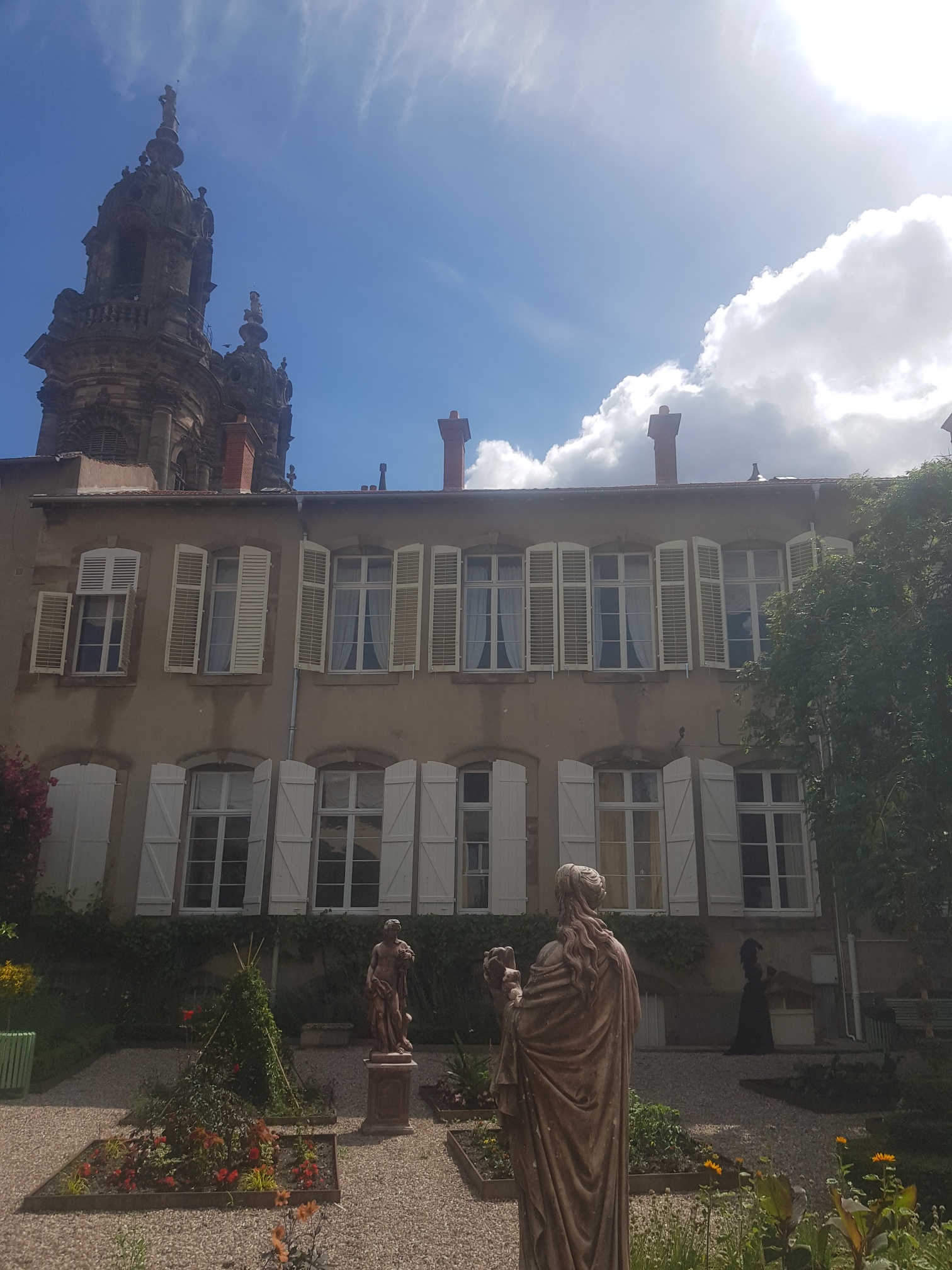2021 Année Napoléon > The Museum of the Hôtel Abbatial Saint Rémy in Lunéville
 In 2021, the Museum in the Hôtel abbatial is celebrating the bicentenary of the death of Napoleon I with an exhibition.
In 2021, the Museum in the Hôtel abbatial is celebrating the bicentenary of the death of Napoleon I with an exhibition.
Page updated on 20 août November 2020.
For further information, please contact the Muséum (in French)
Exhibition > “Miniaturiste et scientifique au cœur de l’Empire”
End of January 2021
Espace Muséal de l’Hôtel Abbatial de Lunéville
Open every day except: Tuesdays, Christmas Day, and New Year’s Day. From 10 h to 12 h and from 14 h to 18 h.
► Tickets on sale at the Hôtel Abbatial ;
► For groups, reservations at the Lunéville Maison du tourisme (tel.: +33 (0)3 83 74 06 55)
Hôtel Abbatial
Place Saint Rémy
54 300 Lunéville
Tel.: =33 (0)3 83 76 48 51
Contact by mail
GENERAL Information
List of partners of “2021 Année Napoléon”.
Follow the special Instagram account for “2021 Année Napoléon” events.
Follow the Fondation Napoléon’s Facebook page in English.
Subscribe to our free weekly newsletter (French or English).
PrEsentation of the “Hôtel abbatial” Saint Rémy in Lunéville
In the 1730s, the Canons Regular of St. Augustine decided to rebuild their abbey and abbot’s mansion (Hôtel Abbatial), under the direction of the architects Jean-Nicolas Jennesson and, from 1745, Emmanuel Héré, Duke Stanislas Leszczynski’s “Premier architecte”. On the façade of the Hôtel abbatial, a double-flight horseshoe staircase, crowned with a sculpted bas-relief decoration, leads to a sumptuous paved vestibule enriched by a spiral staircase decorated with a wrought-iron banister attributed to the workshops of Jean Lamour. On the ground floor, the ‘en filade’ salons, some of whose walls are covered with wainscoting, have retained their original decor. The most beautiful of them is decorated with a stuccoed frieze (with motifs (putti hunting) reminiscent of the ‘appartements’ of the Dukes of Lorraine in the Château de Lunéville) and a fireplace overmantel with ecclesiastical heraldry. The entire building and its gardens, listed in the supplementary inventory of historical monuments, have been restored and prepared to accommodate, from 2019, a vast museum of almost 1000m2 on two floors, dedicated to the arts of the 18th century.
